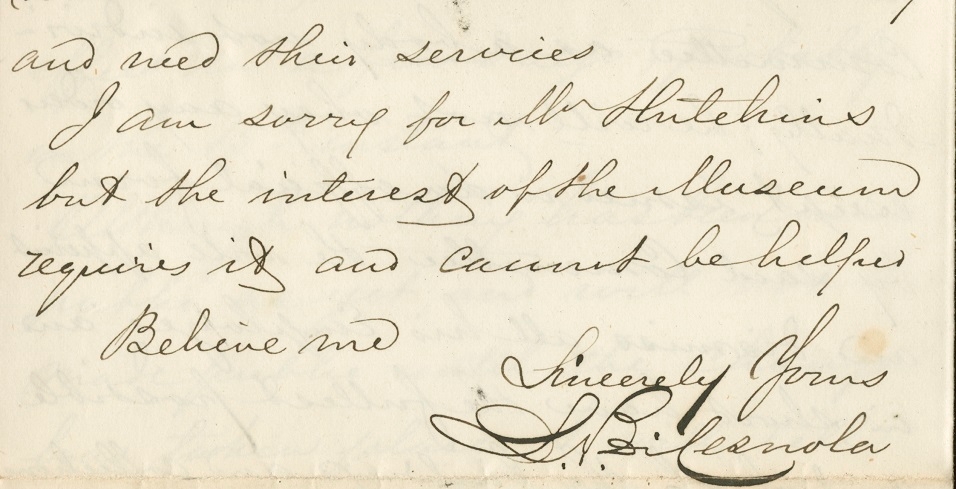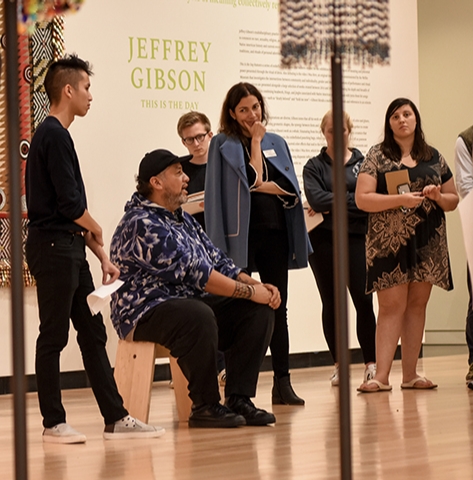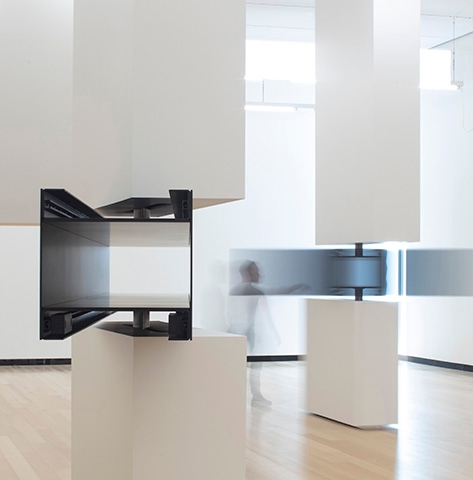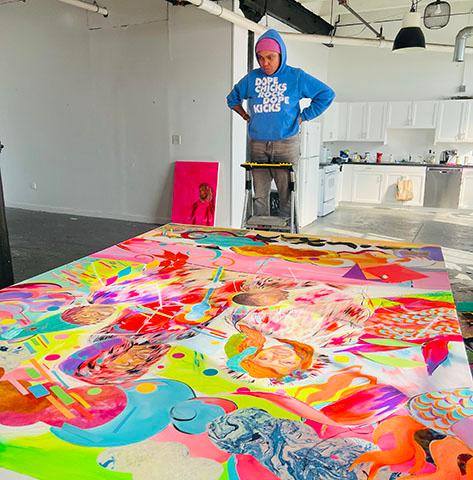Images courtesy of the Hamilton College Archives.

After coming to understand Isaac Hall’s involvement with the Cypriot antiquities now housed at the Wellin, I began to research the second man who the donor mentioned in relation to her grandfather-in-law’s collection, General Luigi Palma di Cesnola. At this point, I knew that the men had excavated together, and also had a close working relationship, judging from the numerous letters housed in the Hamilton Archives from di Cesnola to Hall.
I wondered to myself, where had I heard the name di Cesnola before? If you’ve visited the Metropolitan Museum of Art in the last decade, you might recall a gallery on the second floor dedicated to Cypriot works, all from the Museum’s “Cesnola Collection”. The gallery – easy to overlook amongst the sprawling mass of art at the Met – includes objects from Cyprus dating from the Bronze Age to the Hellenistic and Roman periods, reflective of the multiple phases of foreign occupation on the island.
So, at this point, I had learned that di Cesnola was a major benefactor of the Met. A little research revealed the di Cesnola was in fact the museum’s first director from 1879 until his death in 1904. Prior to his directorship, di Cesnola had served as the U.S. consul in Cyprus from 1865 to 1877. He regularly conducted excavations in the area where he was based, Larnaca. Hall’s family believes that he acquired the objects sometime between 1875 and 1877, which corresponds to di Cesnola’s time as a consul in Cyprus. I dug a little deeper and discovered that in di Cesnola’s book Cyprus: Its Ancient Cities, Tombs, and Temples that, he mentions that he visited a northern city in Cyprus in 1876 […] accompanied by Professor Hall.” So here we have conclusive evidence that Isaac Hall was in Cyprus in 1876 and assisted in di Cesnola’s excavations and may have left with this small collection of objects, now at the Wellin. Now that I had conclusive evidence of Hall’s time in Cyprus with Cesnola, I began the long process of transcribing dozens of letters to come to understand the relationship between the two men. I will describe my surprising findings in the next installment of this series.
This post is the third part of a series about the origins and history of the Wellin’s recently acquired collection of Cypriot antiquities. For part one, visit: https://www.hamilton.edu/wellin/wellinformed/unpacking-the-past







